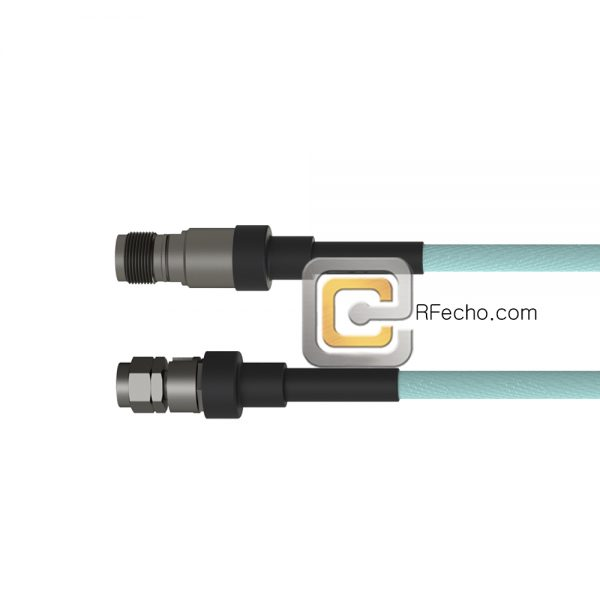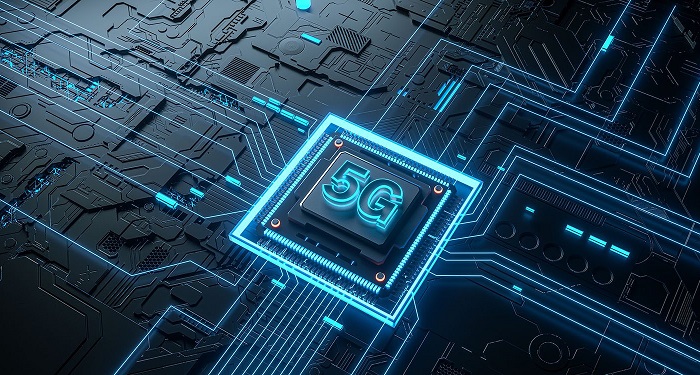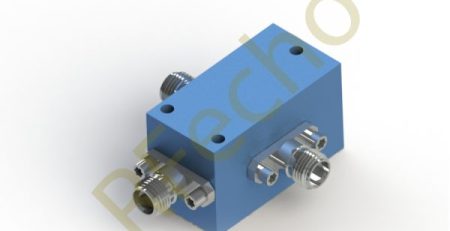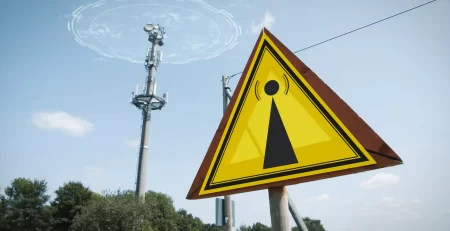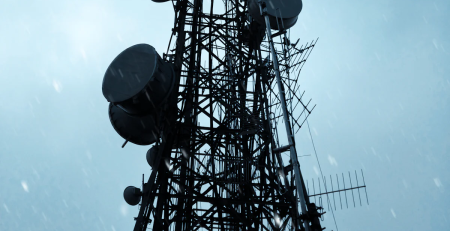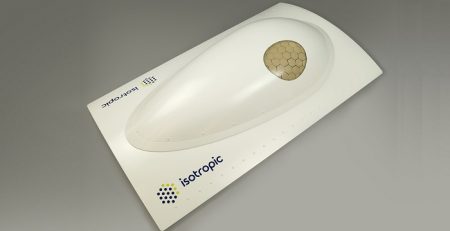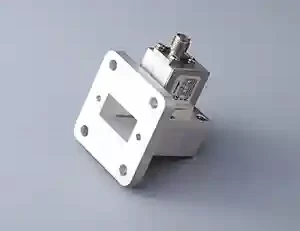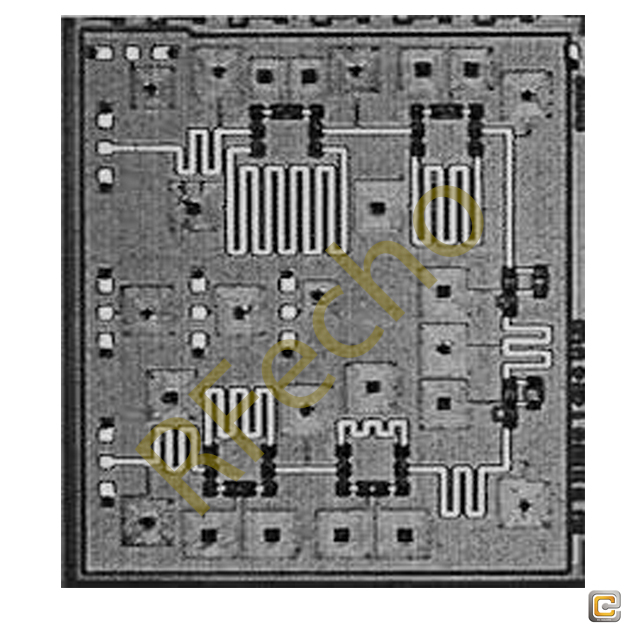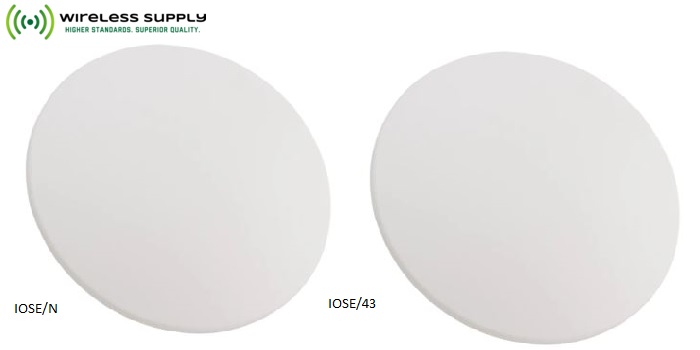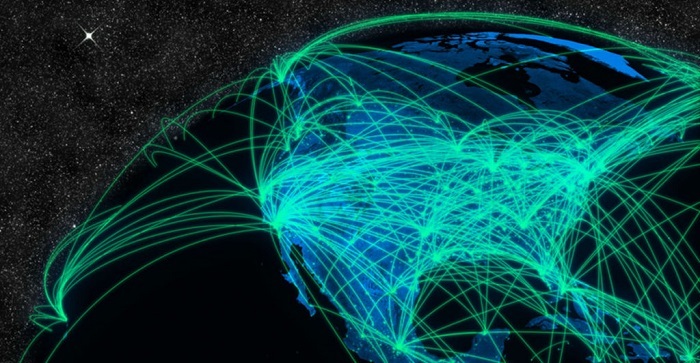How Cable Technology Enhances Network Connectivity: Coaxial Cable Explained
Overview of Coaxial Cables
Defining Coaxial Cables
Coaxial cables, commonly referred to as “coax cables,” are specialized types of cables designed to transmit high-frequency signals with minimal interference. The name “coaxial” comes from the unique arrangement of the cable’s components, which share a common axis. These cables are renowned for their ability to effectively carry data over significant distances while maintaining signal integrity. Their resilience against external interference makes them indispensable in various communication applications.
Historical Background
The development of coaxial cables dates back to the early 20th century, a time when the need for reliable and efficient signal transmission was burgeoning. Coaxial cables were first conceptualized in the 1920s, with the earliest patents being filed by Lloyd Espenschied and Herman Affel in 1929. Initially, coaxial cables were extensively used in military and telecommunication applications due to their superior performance compared to other available cable types at the time. Over the decades, advances in materials and manufacturing technologies have further refined coaxial cables, making them a cornerstone of modern communication networks.
 Structure and Functionality of Coaxial Cables
Structure and Functionality of Coaxial Cables
Core Components
To fully understand what a coaxial cable is used for, it’s essential to examine its core components.
Inner Conductor
The inner conductor is the heart of a coaxial cable. Typically made of copper or aluminum, this component facilitates the primary pathway for signal transmission. The choice of material is crucial, as it directly impacts the cable’s conductivity and overall efficiency. In many high-performance applications, copper is preferred due to its excellent conductive properties.
Insulating Layer
Surrounding the inner conductor is the insulating layer, often made from materials like polyethylene or Teflon. This layer prevents electrical signals from escaping and minimizes signal loss. The quality and thickness of the insulating material are pivotal in determining the cable’s performance characteristics, such as bandwidth and attenuation rate.
Shielding
The shielding serves as a protective barrier that guards the inner conductor against electromagnetic interference (EMI) and radio frequency interference (RFI). Typically composed of braided copper or aluminum mesh, this layer is essential for maintaining signal integrity, particularly in environments with high levels of interference. Advanced coaxial cables may even use multiple layers of shielding for enhanced protection.
Outer Jacket
The outer jacket is the final layer, encapsulating all other components. Made from durable materials like PVC or polyurethane, the outer jacket provides physical protection against environmental factors like moisture, abrasion, and UV light. The robustness of this layer determines the coaxial cable’s suitability for various environmental conditions.
Working Principle
The working principle of a coaxial cable hinges on its unique structure. The inner conductor carries the signal while the insulating layer keeps it confined. The surrounding shielding both blocks external interference and contains the conductive field within the cable. Finally, the outer jacket offers additional protection. This arrangement ensures that the signal travels with minimal loss and external disruption, making coaxial cables highly efficient for data transmission over both short and long distances.
Common Applications of Coaxial Cables
Telecommunications and Broadcasting
One of the most prevalent uses of coaxial cables is in telecommunications and broadcasting. They are fundamental in connecting radio transmitters and receivers with antennas, facilitating the clear transmission of audio and visual data over various frequencies. Coaxial cables are also pivotal in linking satellite dishes to receivers, providing a seamless conduit for satellite communications. In essence, their role in these sectors ensures that signals are transmitted with high fidelity and minimal interference.
Internet and Data Connectivity
In the realm of internet and data connectivity, coaxial cables play an indispensable role. They are commonly used to connect modems to internet service providers, supporting high-speed broadband connections. The robust construction of coaxial cables allows them to handle substantial data loads without significant degradation. This makes them ideal for both residential and commercial internet services, where reliable and fast data transmission is paramount.
Cable Televisions
Coaxial cables have a long-standing association with cable television systems. They are instrumental in delivering a wide range of television signals from the service provider to the consumer’s television set. The ability of coaxial cables to carry multiple channels without significant signal loss has made them the standard choice for this application. With advancements in digital technology, coaxial cables continue to support the transmission of high-definition and even 4K content, ensuring viewers receive high-quality visual and audio output.
Surveillance Systems
Coaxial cables are also widely used in surveillance systems due to their durability and reliable performance. These cables connect security cameras to monitoring systems, enabling the transmission of high-quality video footage. The shielding provided by coaxial cables minimizes interference, which is crucial for clear and consistent surveillance data. Additionally, coaxial cables are capable of supporting long-distance installations without significant signal degradation, making them ideal for both small-scale home security systems and extensive commercial surveillance networks.
RFecho is a company renowned for its expertise in high-performance antenna design and development, spanning a broad frequency range up to terahertz levels. However, their proficiency extends beyond antennas, encompassing a variety of both passive and active RF products. Among these, RFecho’s cables stand out as a critical component in enhancing network connectivity. Their cables, likely including coaxial types given the company’s extensive RF product range, are essential in ensuring reliable and efficient signal transmission.
 Advantages and Disadvantages of Coaxial Cables
Advantages and Disadvantages of Coaxial Cables
Benefits of Using Coaxial Cables
Coaxial cables offer several advantages that make them a preferred choice in various applications. Firstly, their design allows for high-frequency signal transmission with minimal loss, ensuring efficient and reliable communication. The shielding in coaxial cables provides exceptional protection against electromagnetic interference, which is critical in environments with numerous electronic devices. Furthermore, coaxial cables are relatively easy to install and maintain, making them a cost-effective option for many users. Their durability and robust construction also ensure a long lifespan, reducing the need for frequent replacements.
Potential Drawbacks
Despite their numerous benefits, coaxial cables also have certain limitations. One of the primary drawbacks is their susceptibility to signal attenuation over very long distances, which can degrade the quality of the transmitted data. Additionally, while coaxial cables are effective at resisting electromagnetic interference, they are not entirely immune to it, particularly in extremely high-interference environments. The physical bulkiness of coaxial cables can also be a drawback in installations where space is a concern. Lastly, coaxial cables can be more expensive than other cable types, such as twisted pair cables, when factoring in the cost of high-quality materials and shielding.
Comparative Analysis with Other Cable Types
Coaxial vs Fiber Optic Cables
Speed and Bandwidth
When comparing coaxial cables to fiber optic cables, one of the most significant differences lies in speed and bandwidth. Fiber optic cables offer much higher data transmission speeds and bandwidth capacities compared to coaxial cables. They use light signals instead of electrical signals, which allows for faster and more efficient data transfer. As a result, fiber optic cables are often preferred for high-speed internet connections and large-scale data networks.
Cost Implications
While fiber optic cables offer superior performance, they come at a higher cost. The materials and installation processes associated with fiber optic cables are typically more expensive than those for coaxial cables. This makes coaxial cables a more cost-effective solution for many applications, particularly in residential settings where the ultra-high speeds of fiber optics may not be necessary.
Installation Complexity
The installation of fiber optic cables is generally more complex compared to coaxial cables. Fiber optics require specialized equipment and skilled technicians for proper installation and maintenance. In contrast, coaxial cables are easier to install, making them a more convenient option for many users. This difference in installation complexity often influences the overall cost and feasibility of deployment in various environments.
Coaxial vs Twisted Pair Cables
Interference Resistance
Coaxial cables offer better resistance to electromagnetic interference compared to twisted pair cables. The shielding in coaxial cables is specifically designed to block external interference, ensuring a cleaner and more stable signal transmission. Twisted pair cables, while also effective at minimizing interference through their twisted design, are generally more susceptible to external noise compared to coaxial cables.
Signal Quality Over Distance
When it comes to signal quality over distance, coaxial cables tend to perform better than twisted pair cables. While both types of cables experience some degree of signal attenuation, the superior shielding and construction of coaxial cables allow them to maintain signal quality over longer distances. This makes coaxial cables a preferred choice for applications requiring long cable runs, such as in large buildings or sprawling industrial complexes.
The Role of Coaxial Cables in Modern Communication
Coaxial cables have firmly established their place in modern communication networks due to their unique structure, flexibility, and reliable performance. From telecommunications and broadcasting to internet connectivity, cable television, and surveillance systems, coaxial cables are integral to many essential services. Despite the emergence of alternative technologies like fiber optic cables, coaxial cables remain a cost-effective and practical solution for a wide range of applications. Their ability to deliver high-quality signals over significant distances, coupled with their robustness against external interference, ensures that coaxial cables will continue to play a vital role in enhancing network connectivity well into the future.



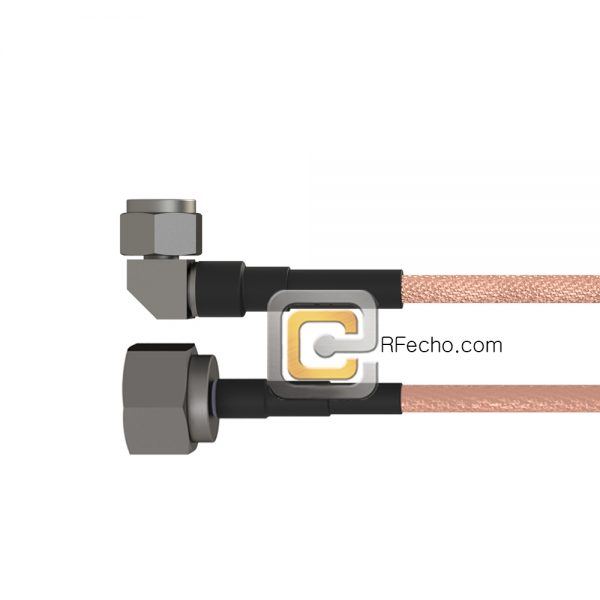 Structure and Functionality of Coaxial Cables
Structure and Functionality of Coaxial Cables